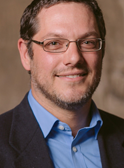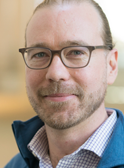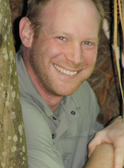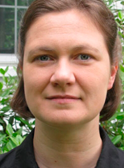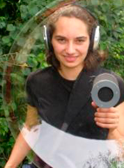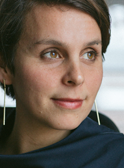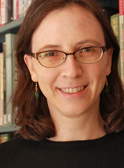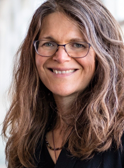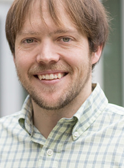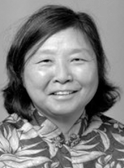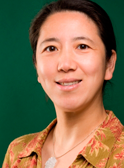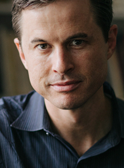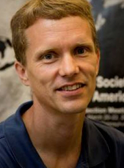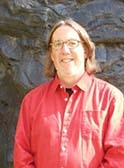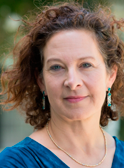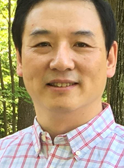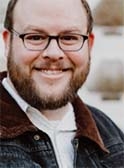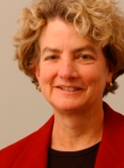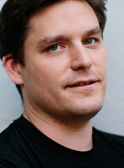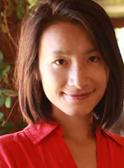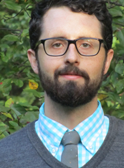ArchaeoRover: A Robotic System for Geophysical Survey of Archaeological Landscapes
Archaeological excavation is a time-consuming, labor-intensive, and fundamentally destructive process, and for these reasons, it is only capable of revealing a tiny fraction of the remains of past human activities that lie below the ground. Today many archaeologists instead rely on geophysical instruments such as ground penetrating radar (GPR) or magnetic gradiometry to discover, map, and interpret the archaeological record—ancient architecture, artifacts, and features such as roads or field systems—without ever digging. However, our ability to deploy these instruments over large areas, which could potentially offer an unparalleled perspective on the broader archaeological landscape, is limited primarily by the effort required to map in precise grids, pull ropes and tape measures along transects, and laboriously drag, push, or carry instruments in a lawnmower pattern. This project seeks to develop a new, more efficient approach to the collection of large-scale archaeological geophysics that brings together recent technological developments in robotics, autonomous vehicle navigation software, lightweight RTK GNSS systems, and geophysical instrumentation.
We plan to work with a small robotics firm to construct a customized, all-terrain, remote-controlled robotic vehicle, the ArchaeoRover, that is capable of carrying a GPR and magnetic gradiometer. Using open source navigation and mission planning software and hardware designed for autonomous drones, in combination with a new generation of low-cost RTK GNSS units, we will then develop a system that enables surveys to be precisely planned and executed autonomously by the robotic vehicle. Simultaneously collecting both GPR and magnetic data and moving at around 2-3 meters/second, we anticipate that we will be able to collect geophysical data at comparable resolution to conventional approaches, but over areas many times larger than is currently feasible. We will then deploy the ArchaeoRover system for testing at several archaeological sites including Etzanoa (Kansas), Midewin National Tallgrass Prairie (Illinois), and the Enfield Shaker Village (New Hampshire), with plans to publish both methodological papers on our approach as well as results of surveys at individual sites.
